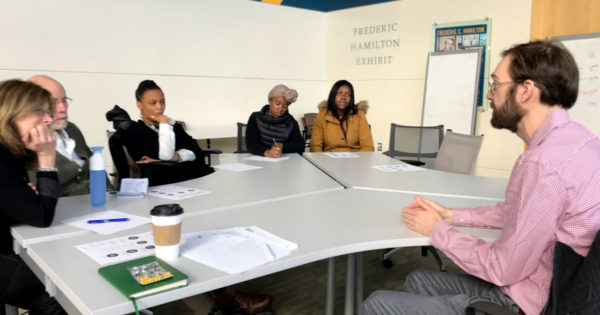Opportunities in Native American Healthcare

Flooring. That is the word that comes to mind when reflecting on the wealth of insights from our Global Health Learning Circle with Dr. Matt Tobey last November. The complexities and challenges of U.S. rural healthcare, particularly for the Indigenous American population, are harrowing. Dr. Tobey’s efforts are most admirable but there is a clear need for others to engage as partners to help address the challenges.

Dr. Matt Tobey
Tobey is an internal medicine physician at Massachusetts General Hospital (MGH) who founded and leads the MGH Fellowship Program in Rural Health Leadership, which provides primary care to the Sicangu Lakota tribe in Rosebud, South Dakota. Matt leads a team of Boston-based physicians who provide outpatient and inpatient care. The MGH rural initiative consists of an agreement with the Indian Health Service (IHS), community partnership activities, and the efforts to encourage new partnerships that link academic hospital departments and rural communities that face health disparities. He described the complexity and challenges of the health system in the Rosebud Reservation in South Dakota.
It is widely accepted that effective healthcare systems anywhere are buttressed by a network of accessible and affordable primary care facilities. That is not the case in many of the world’s most resource-limited communities, including certain rural communities and rural indigenous-American communities in the United States. According to the U.S. Indian Health Service, the life expectancy of Native Americans is 73.7 years, compared to the average general U.S. population, which is 78.1 years. When Dr. Tobey works in Rosebud, the life expectancy of an indigenous American living there is 67–69 years. (See the paper or the interative map.) Dr. Tobey shared how the past history of injustice and brutality has led to the dynamics of today. There are not many job prospects in Rosebud, so it is unable to keep or attract a skilled workforce. There is a dearth of primary health services.
Dr. Tobey shared how through his fellowship program and partnership with the Indian Health Service, he was able to build the relationship trust needed to provide health services to this community. He also described the mutually beneficial exchange of the academic healthcare program that he created. The available services in Rosebud are appropriated through the U.S. Department of the Interior, Where community health workers (CHW) are a valued and advocated asset in many low-resource health settings elsewhere, in Rosebud, the CHW program primarily provides transportation for patients. With geographic barriers to accessing care, people need help reaching local healthcare facilities. CHW and other health workforce positions support local families and the local economy. Federally employed nurses also conduct home visits to Rosbud community members. Distance learning initiatives like University of Mexico’s Project Echo are useful in educating rural practitioners.
While the picture of healthcare in Rosebud and other reservations is dominated by their challenges, Dr. Tobey was sure to mention models that are successful, such as that of the Southcentral Foundation, an Alaska Native-owned nonprofit healthcare organization serving nearly 65,000 Alaska Native and American Indian people. One might wonder, “Why can’t that model be ‘scaled’ and replicated across other reservations?” Dr. Tobey reminded us that every reservation represents a sovereign nation and unique culture, such that one solution isn’t readily the right solution elsewhere. Where there are challenges, there are opportunities. Dr. Tobey relates the shared goals of tribal partners: care quality improvement, developing tribal leadership capacity, and youth development. These goals are possible, but will require multiple partnerships working towards health equity for all Americans.
